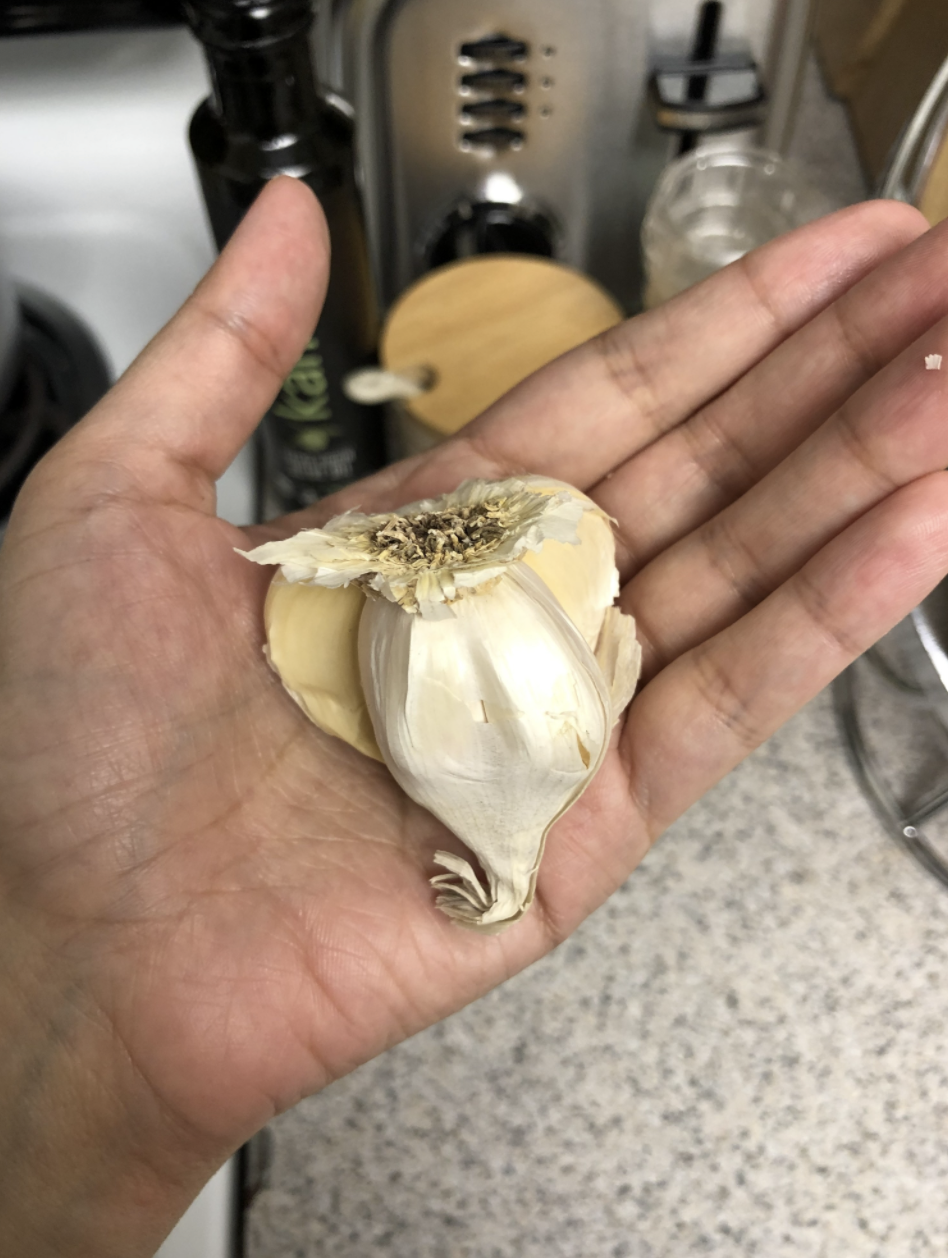42 Cooking Hacks That Are A Little Bit Weird But 100% Useful
Why didn't anyone tell me about these sooner?
Whether you're just starting out in the kitchen or you already consider yourself to be a great at-home chef, there's *always* more to learn when it comes to cooking. 🍳
Here are some of the very best small (yet super effective!) hacks, habits, and tips that can make a big difference in the kitchen. If you've got one to add, leave it in the comments!
1. For pancakes that always turn out extra fluffy (not flat), leave a few lumps in the batter.
2. For the fudgiest brownies you've ever tasted, split the baking time.
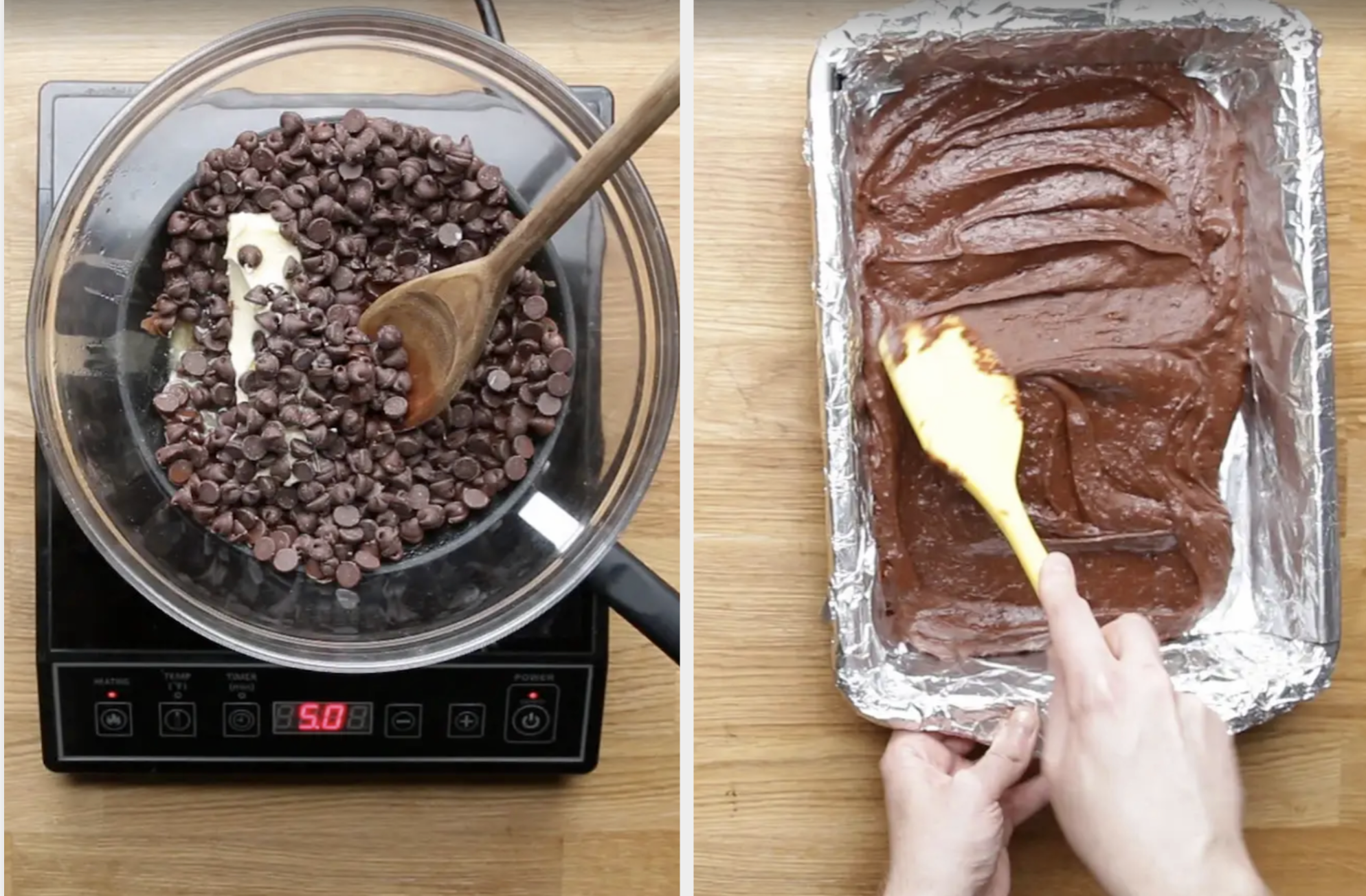
3. When cooking ground meat, add a pinch of baking soda to make it brown more deeply and evenly.
4. Mix soy sauce and butter to instantly boost the flavor of savory dishes.

5. To make baked chicken taste fried, add a bit of mayo to the egg-and-breadcrumb coating before baking.
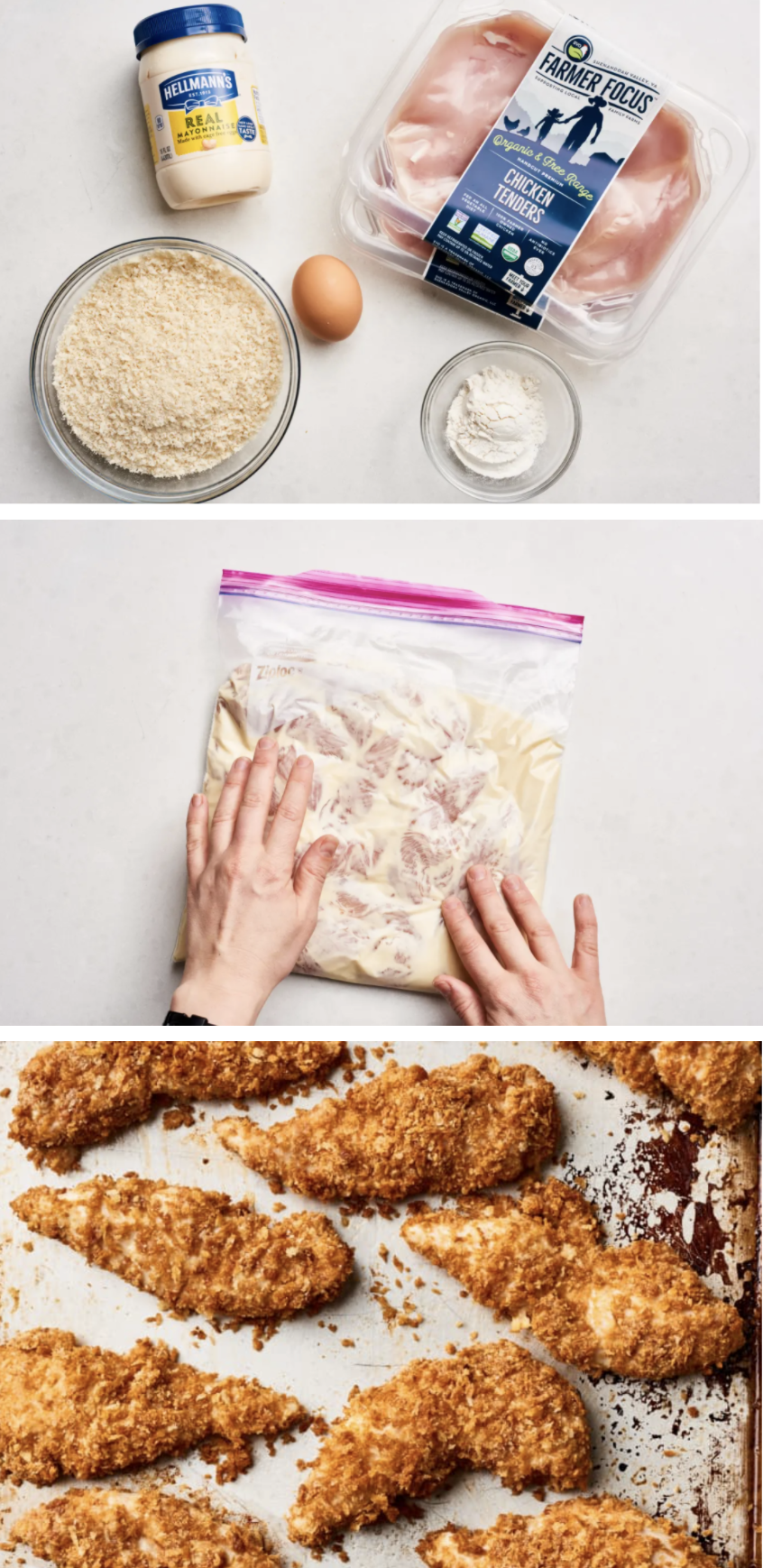
6. Freeze lime juice into ice cube trays to make ready-made margarita starters.
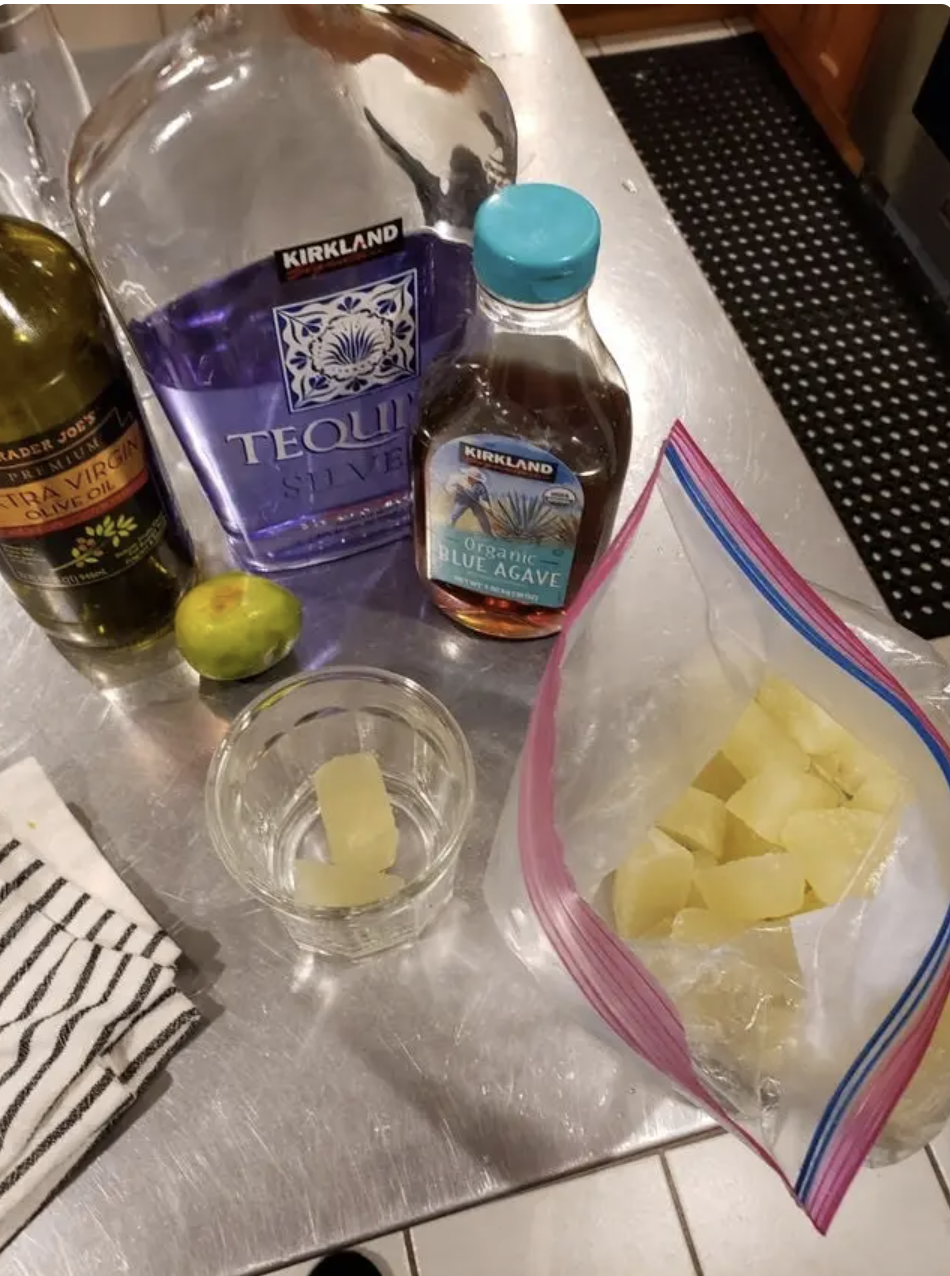
7. And when juicing those limes, cut the bottom off first — so all the juice runs through, rather than getting trapped in the rind.
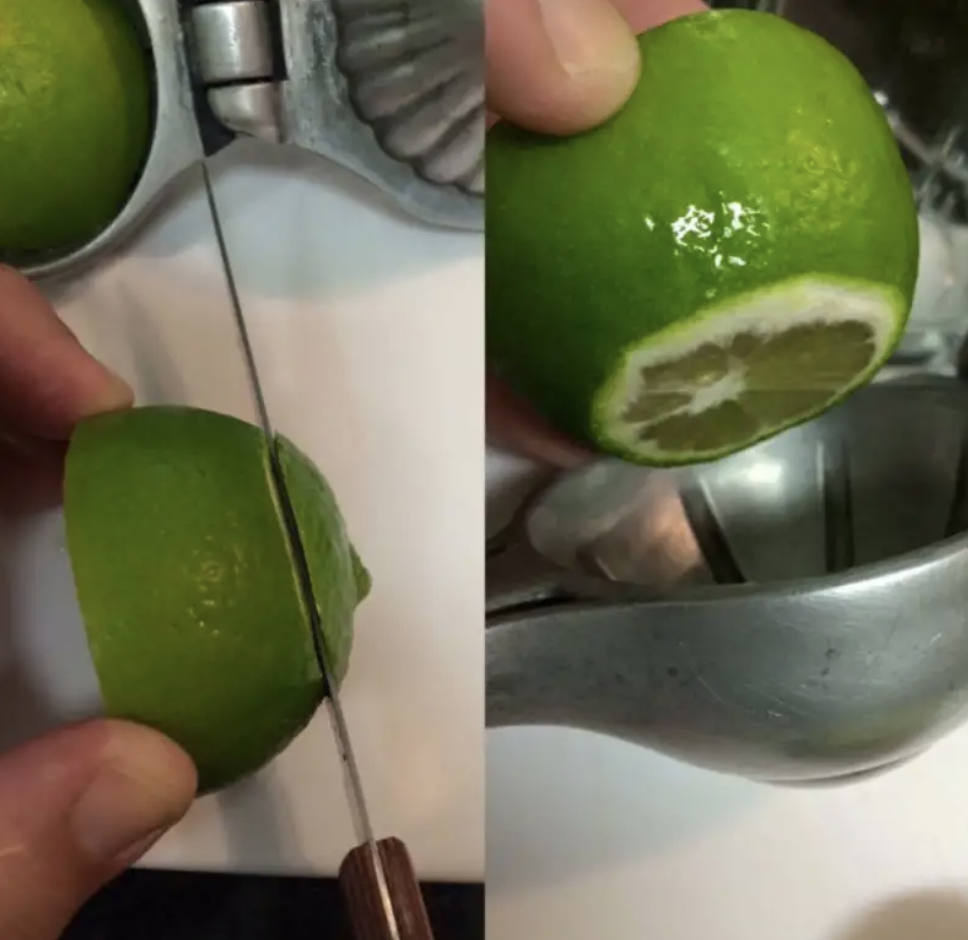
8. Use a nonstick pan sparingly — it's only good for a few things.
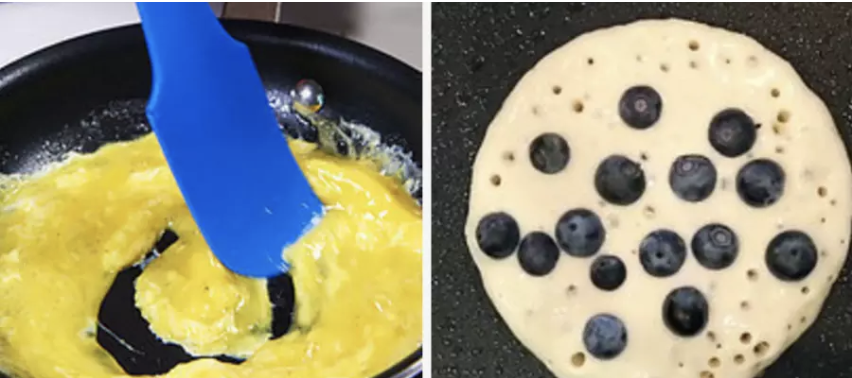
9. Add a tiny bit of salt to your coffee to make it less bitter.
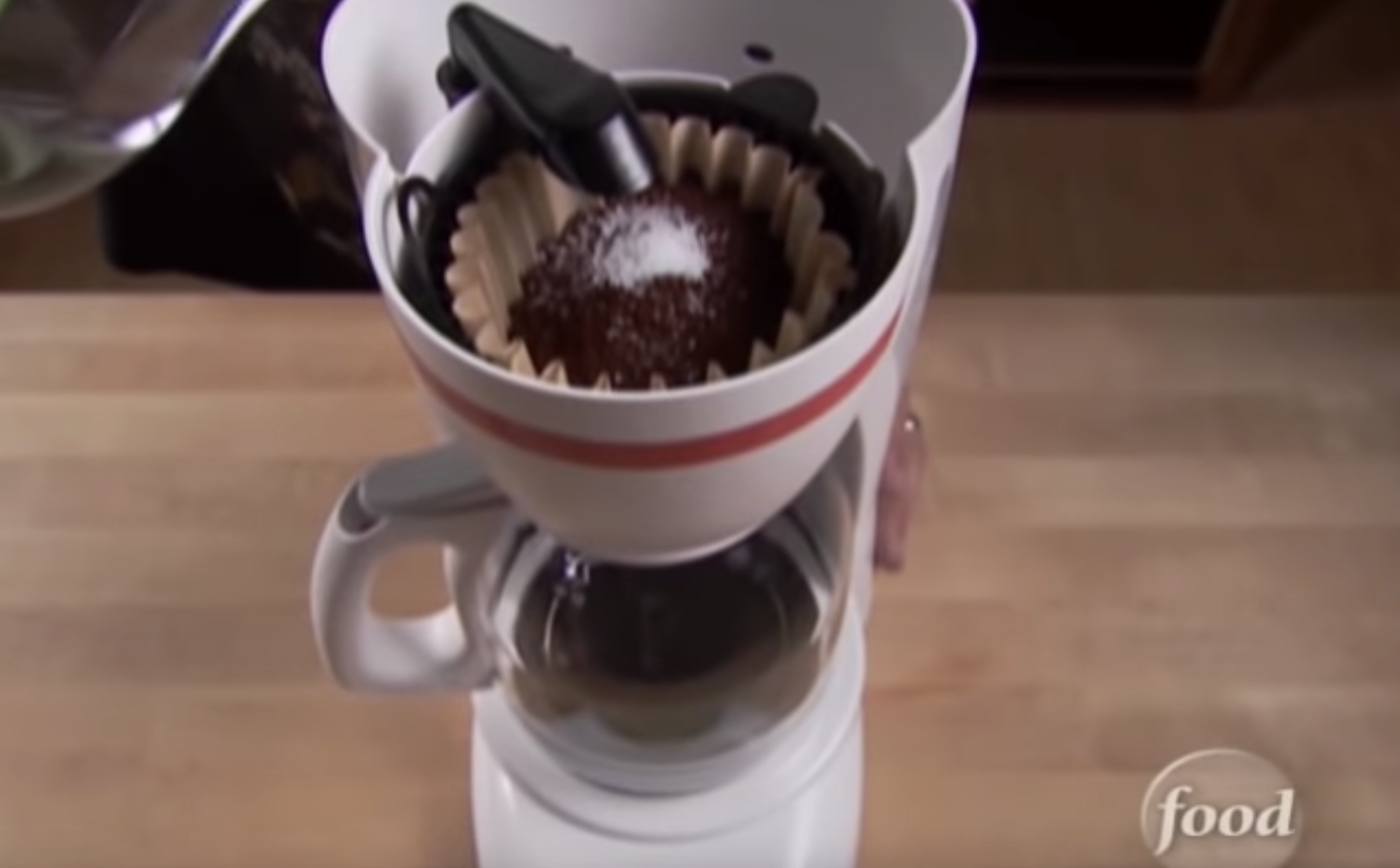
10. When pouring marinades or leftovers into a Ziploc, roll down the top of the bag over itself so the closure (and the outside) doesn't get messy.
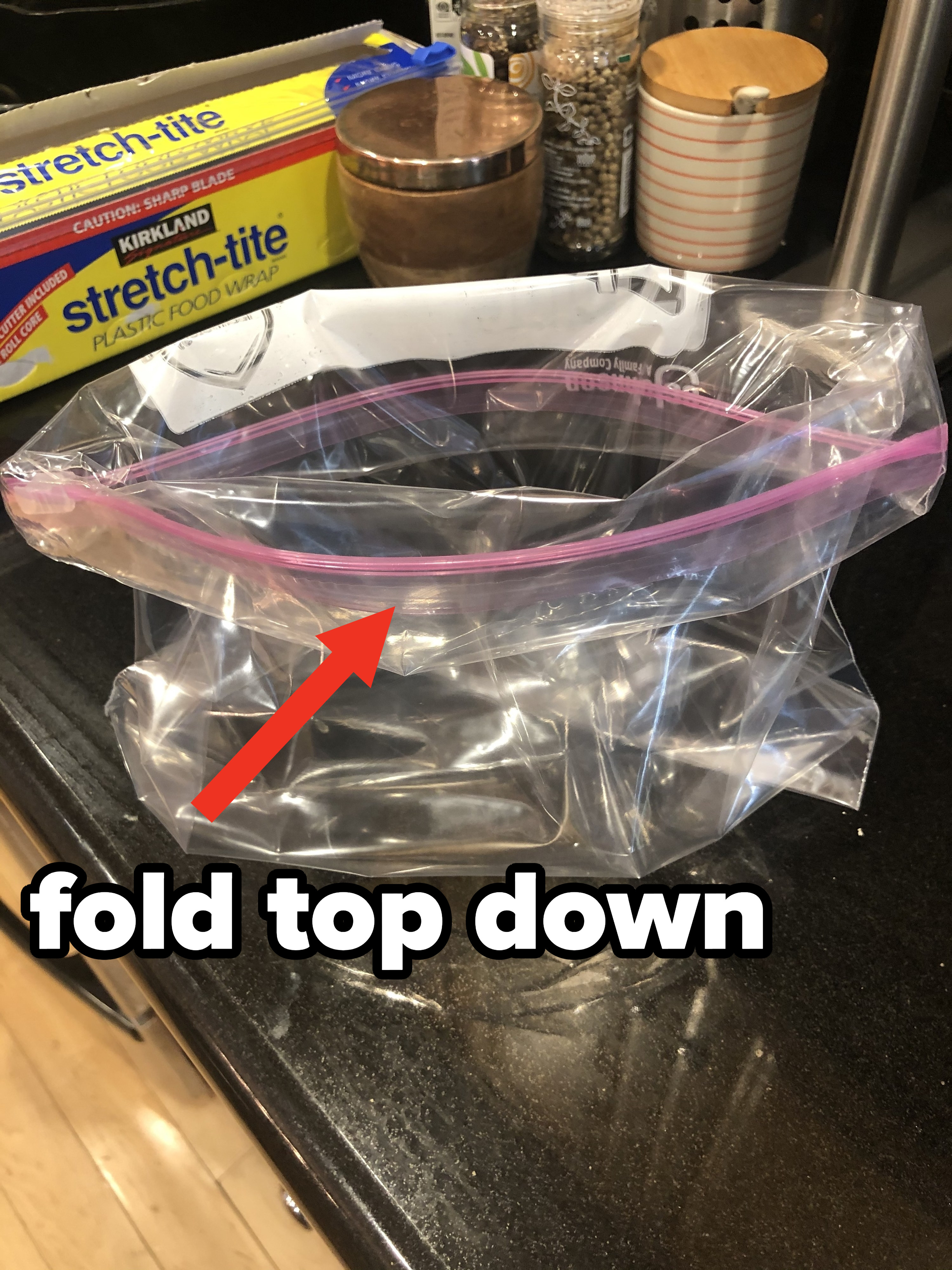
11. Shrink a sheet pan with a simple strip of foil.
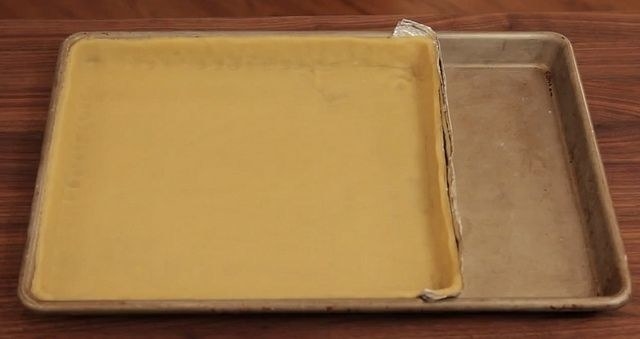
12. Convert a regular cake pan into a bundt pan by placing an empty bean or soup can in the middle of it.
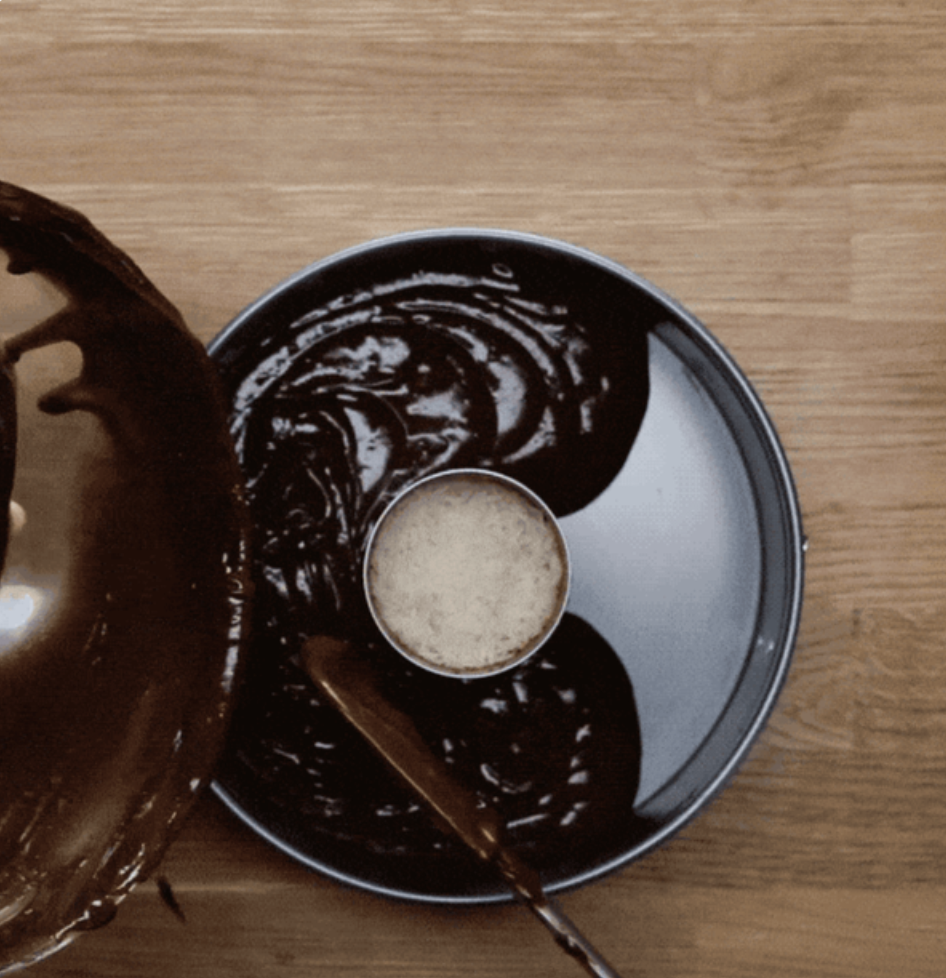
13. Remember that the Instant Pot comes with a built-in lid holder.
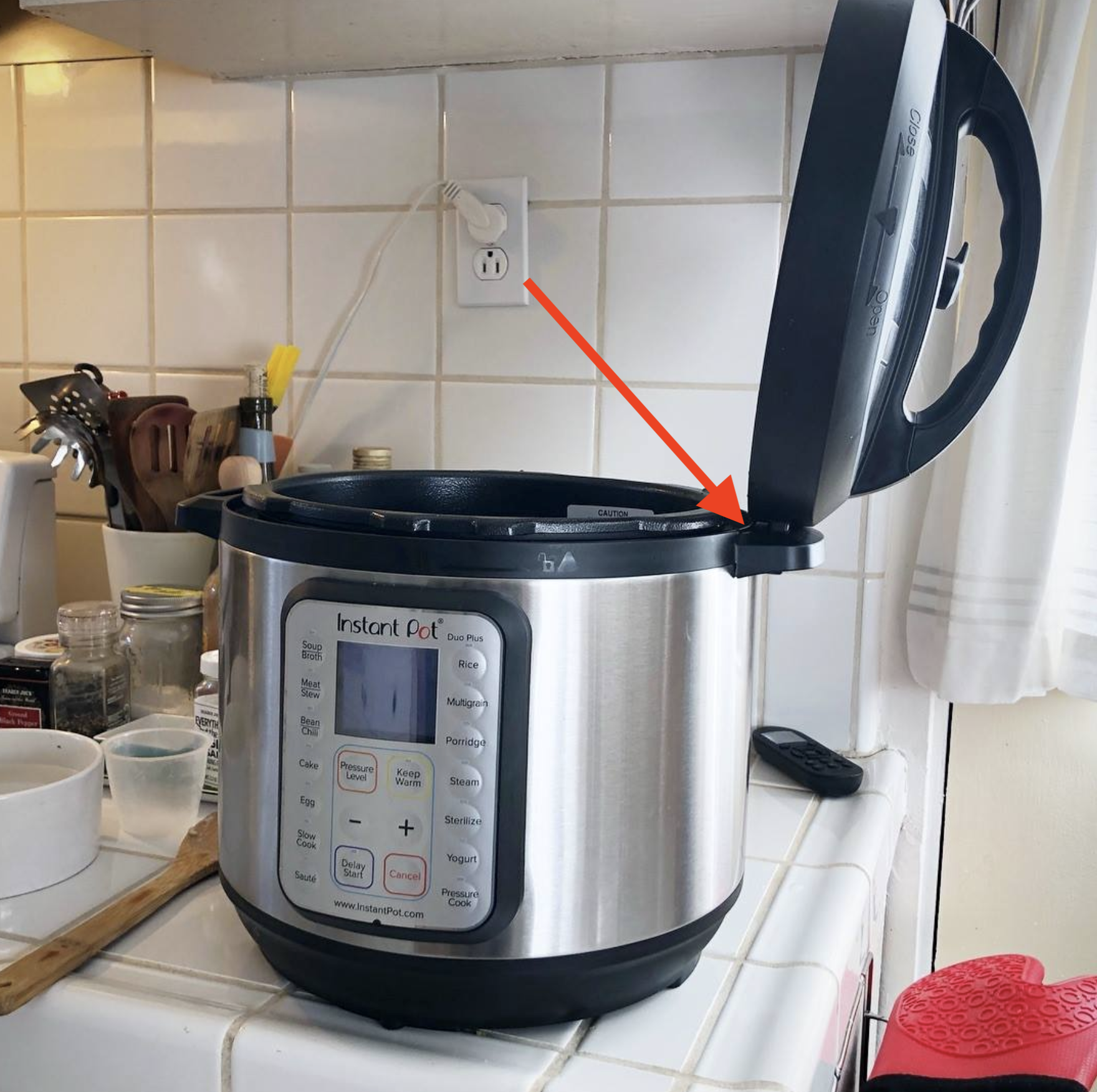
14. To prevent guacamole from browning, cover it with a thin layer of pico de gallo until it's time to serve and eat.
15. Grate ginger with a microplane instead of mincing it.
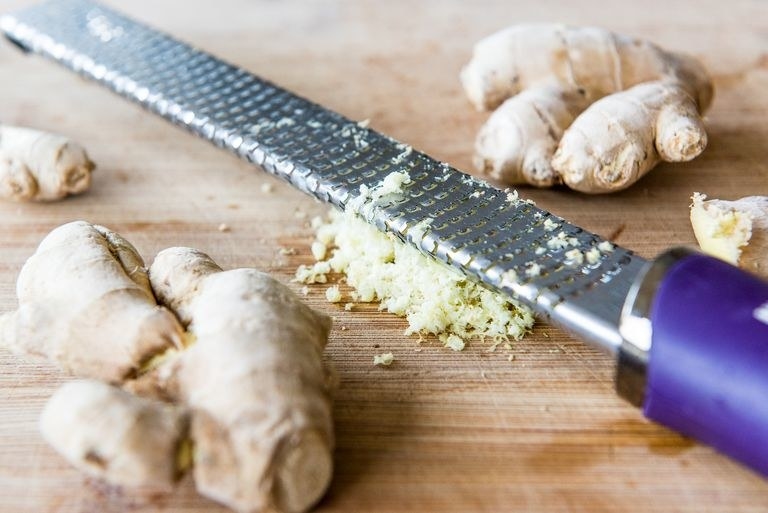
16. And store ginger in the freezer to make it even easier to grate.
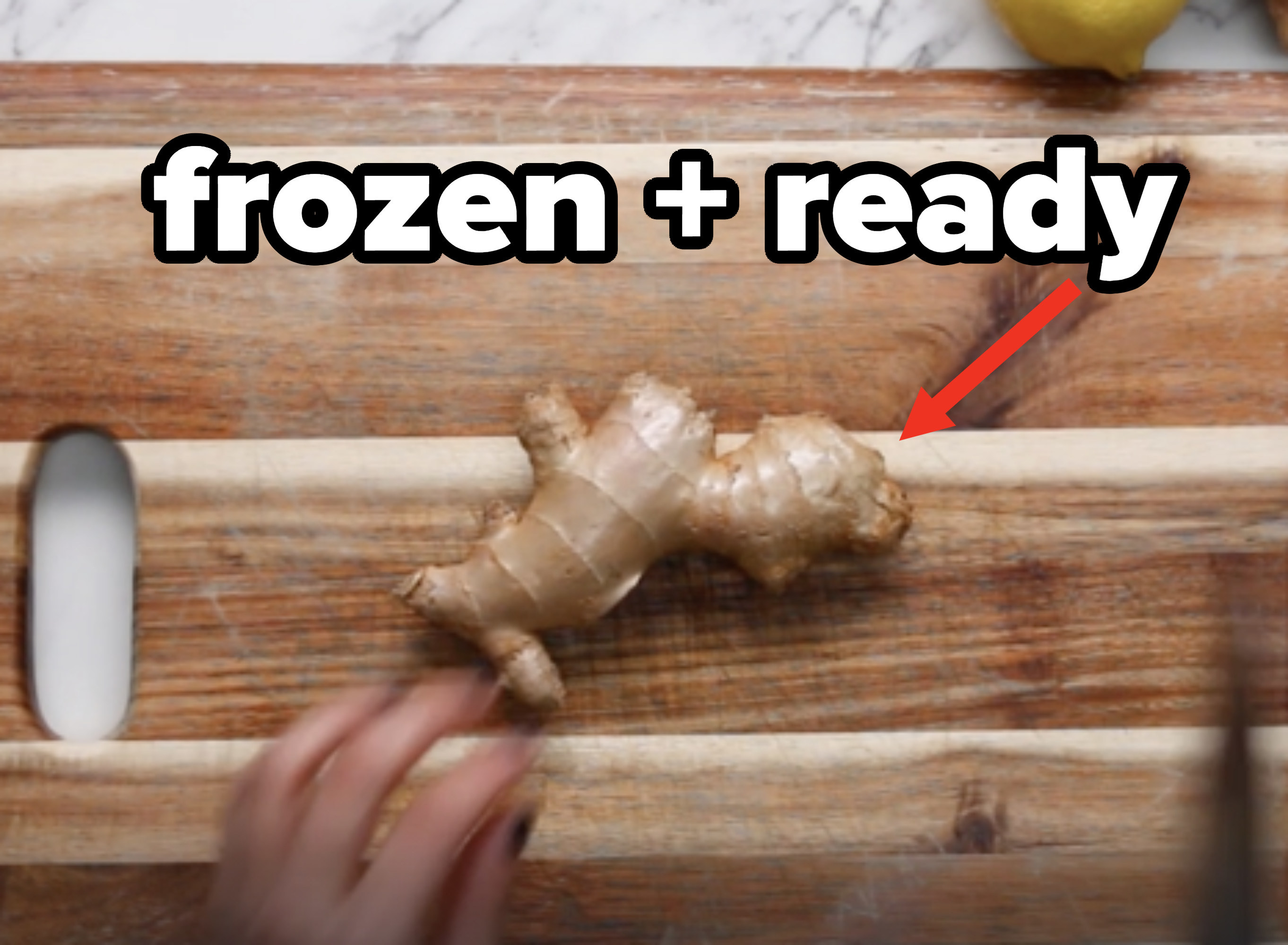
17. For naturally sweeter lemonade, roast lemons in the oven before juicing them.
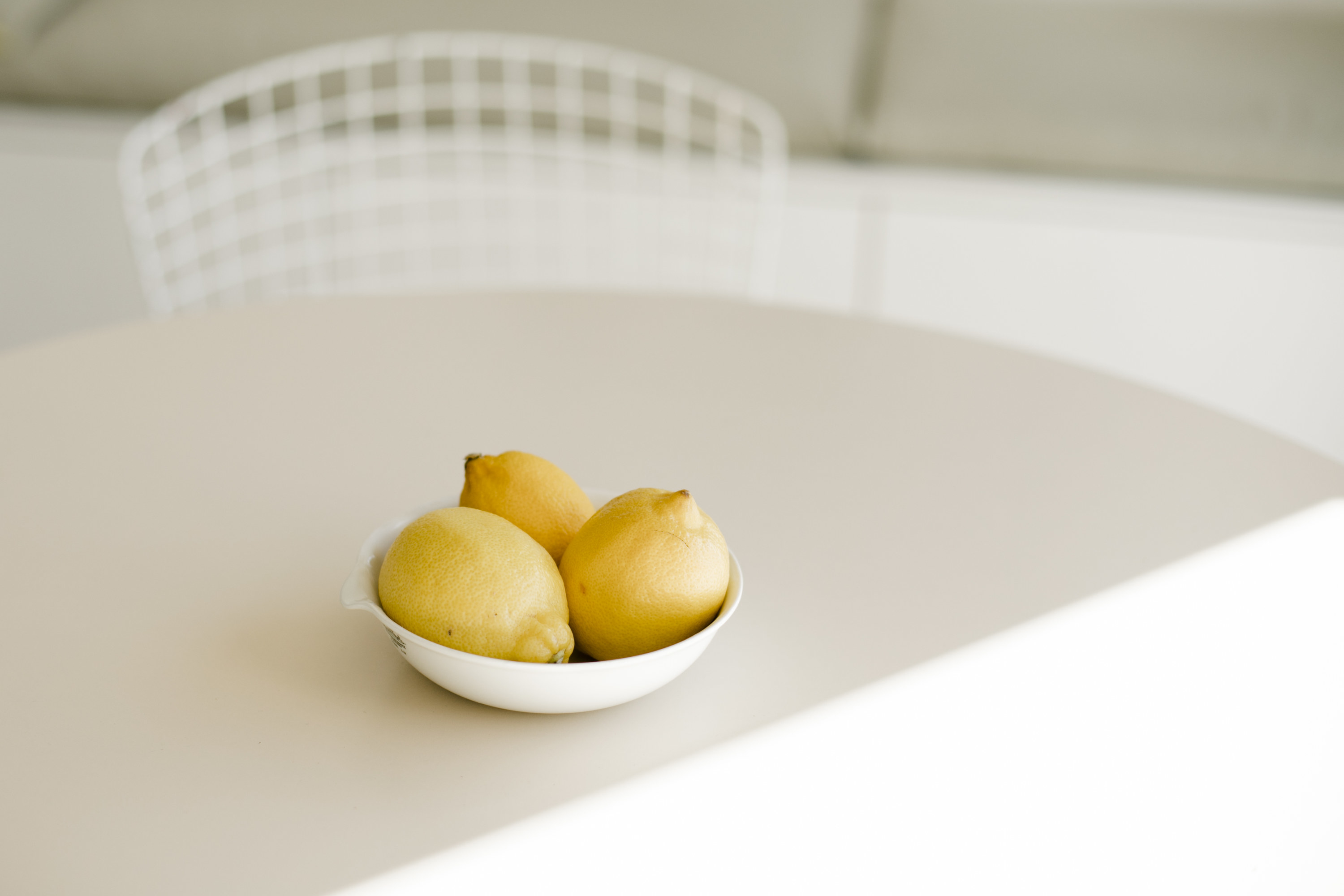
18. Season mushrooms and zucchini *after* they brown in the pan, not before.
19. And dry meat before searing it to drain excess moisture too.
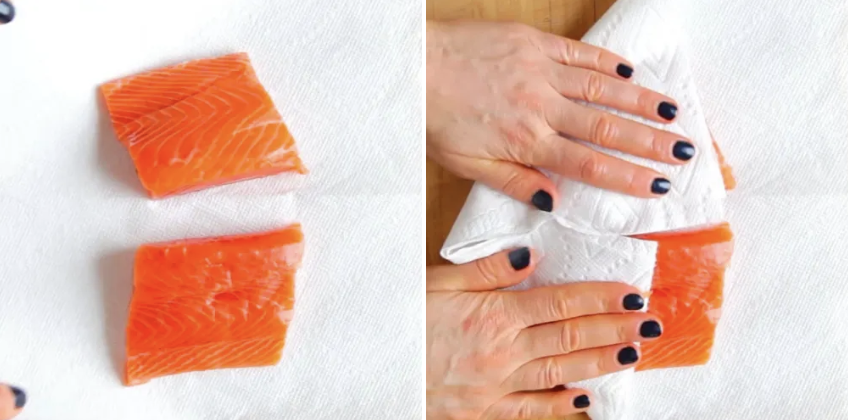
20. When working with aromatics, add garlic last.
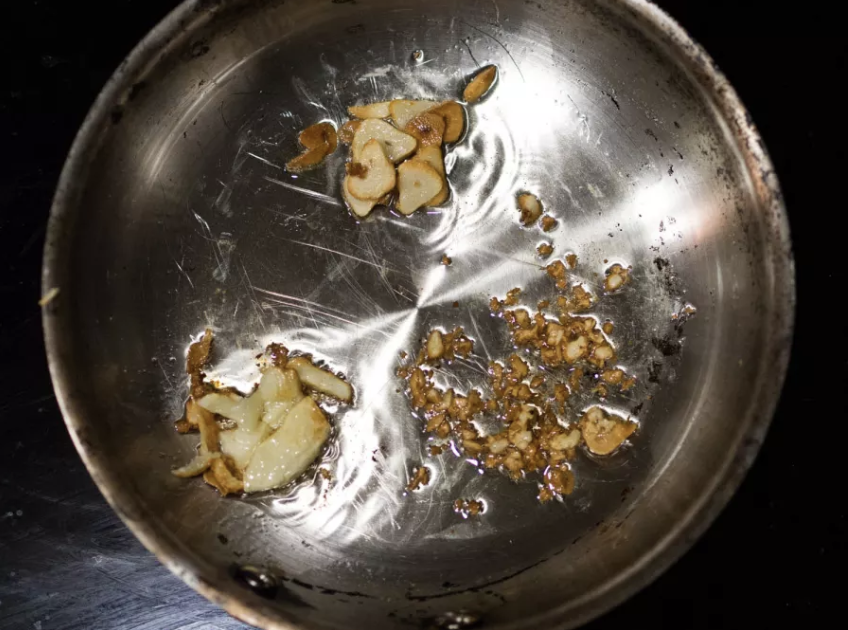
21. For glossy, restaurant-quality sauces, finish them with a pat of cold butter.
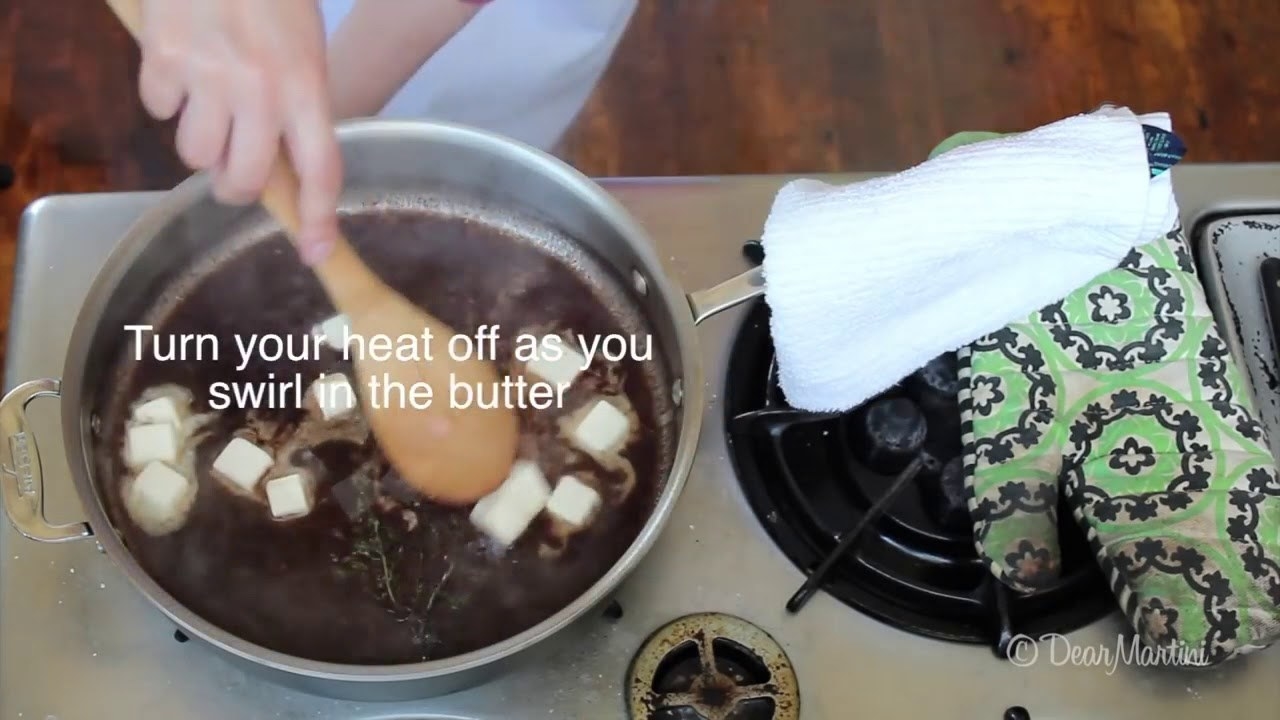
22. To easily clean a stubborn cast iron pan, just fry the stuff on the bottom in oil. It'll pop right off.
23. Finish chilis and stews with a dash of vinegar.
24. Finish vinaigrettes with hot sauce.
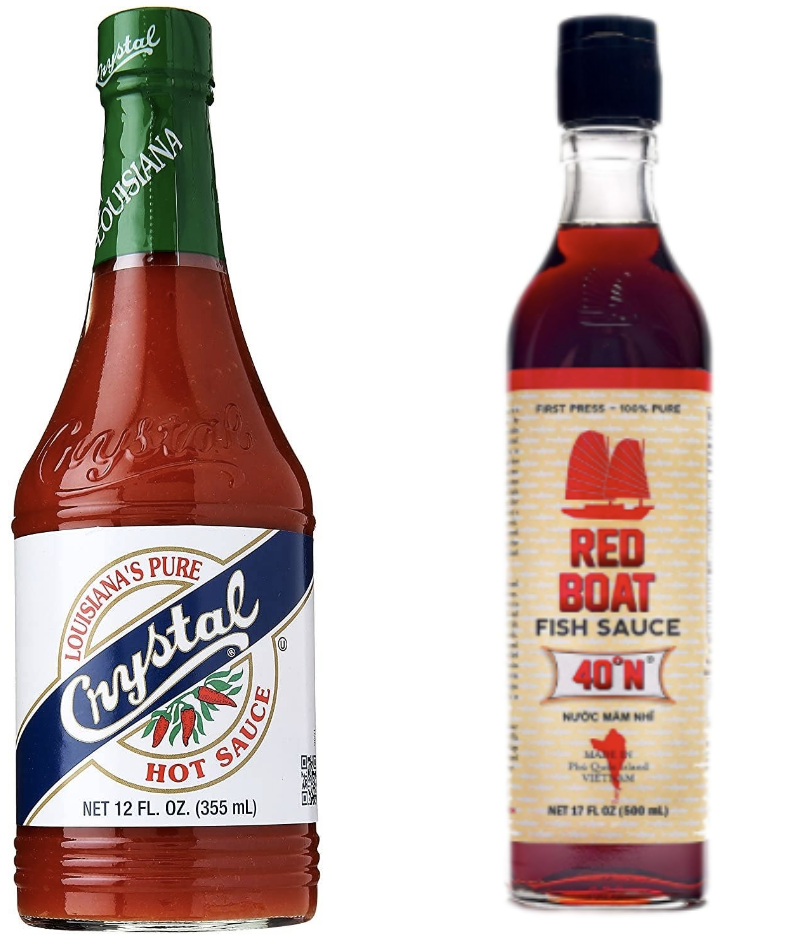
25. And round out mac 'n' cheese with a spoonful of Dijon mustard.
26. Always rinse rice with water before cooking it.
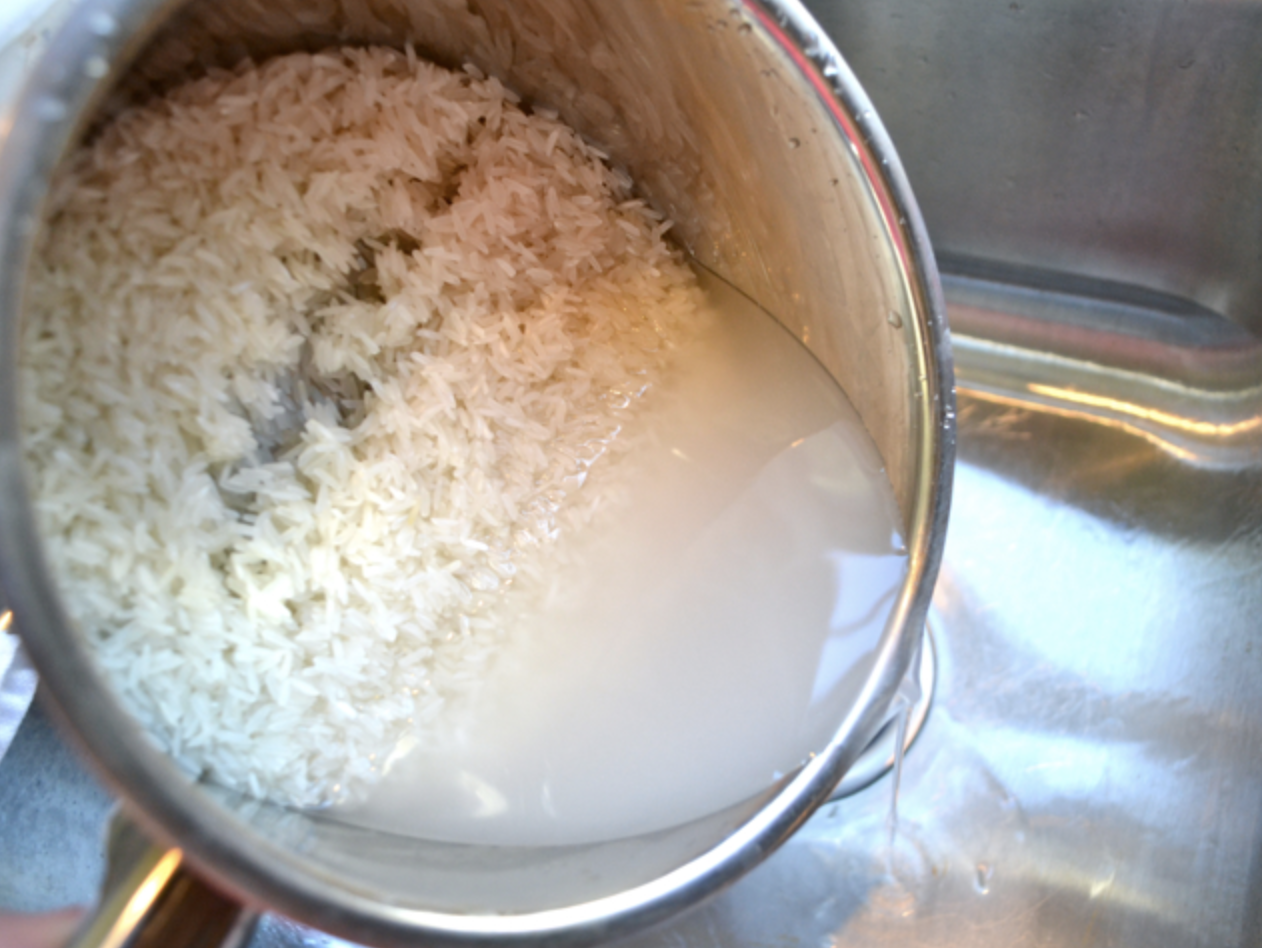
27. Don't use olive oil when you're cooking steaks or stir-fries.
28. When reheating leftovers in the microwave, place a damp paper towel on top.
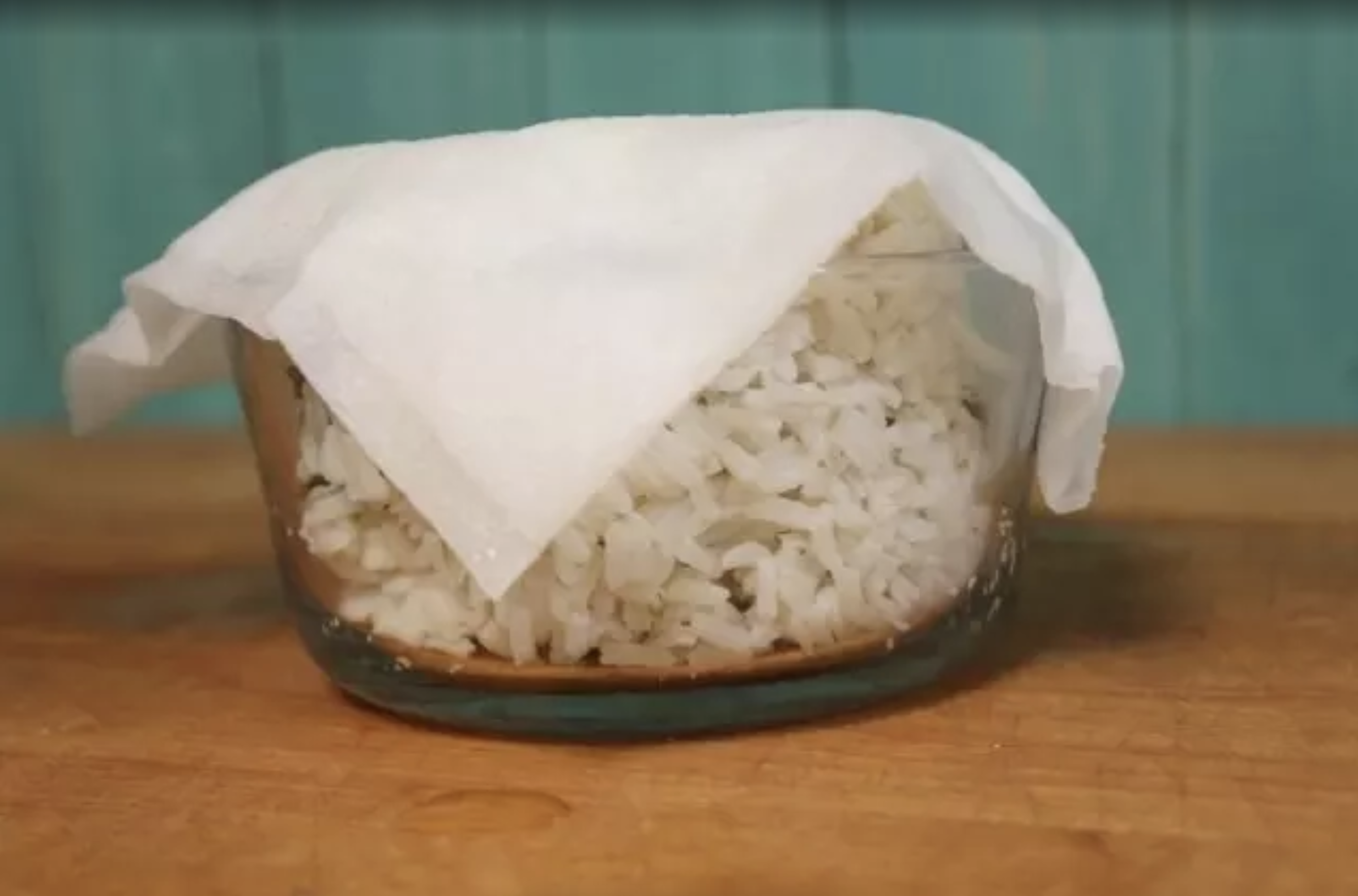
29. Caramelize onions in half the time by adding a small pinch of baking soda.
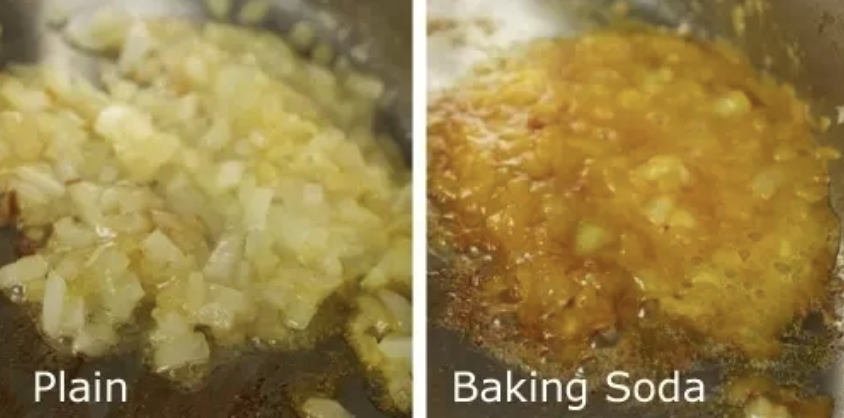
30. Instead of turning the hand mixer, turn the bowl.
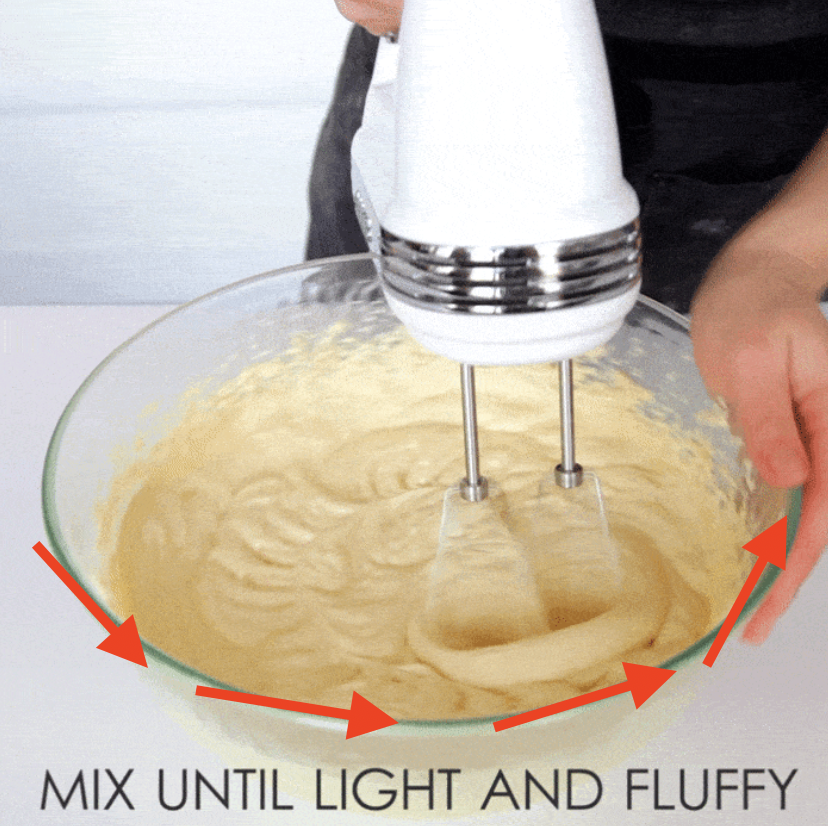
31. When making chocolate-flavored dough or batter, use cocoa powder — instead of regular flour — to prep countertops and pans.
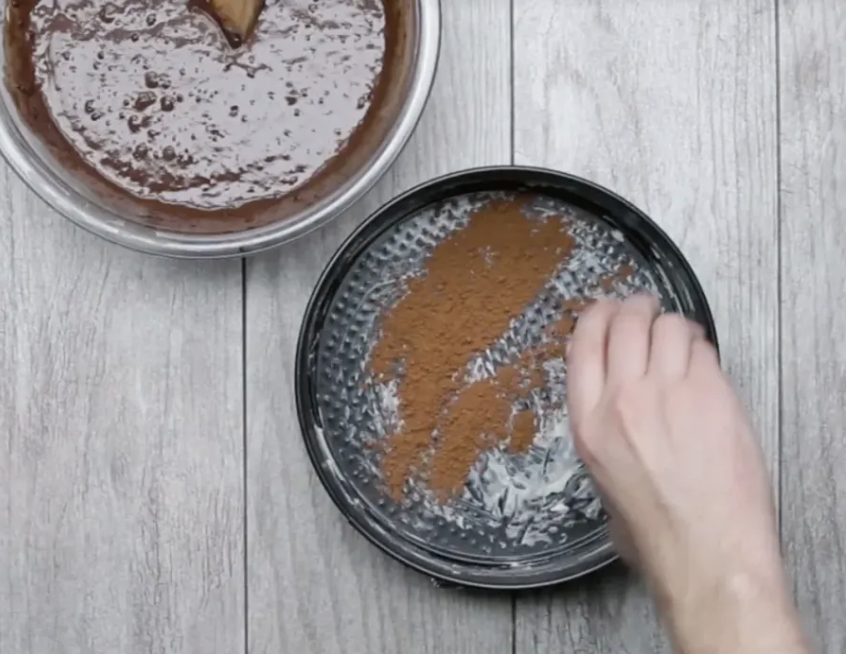
32. If you're using a cake stand, pre-line it with parchment — so it stays clean while you're frosting.
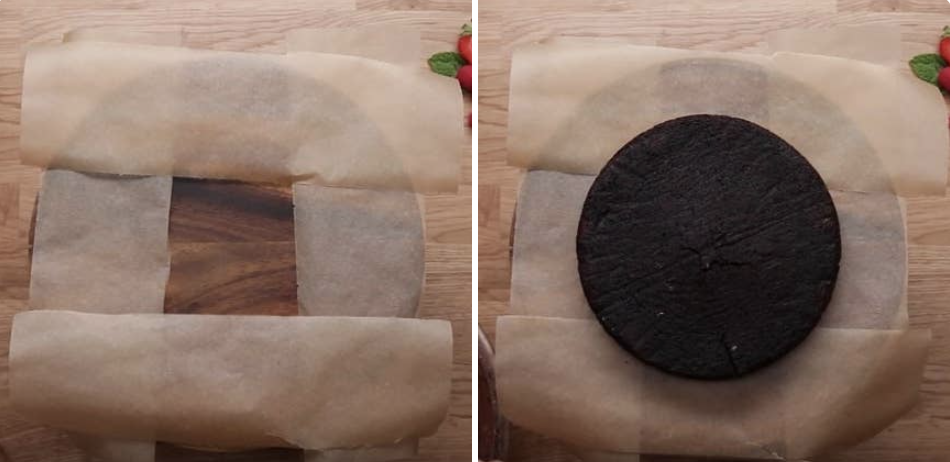
33. Keep cakes from sticking to pans with a magical DIY paste.
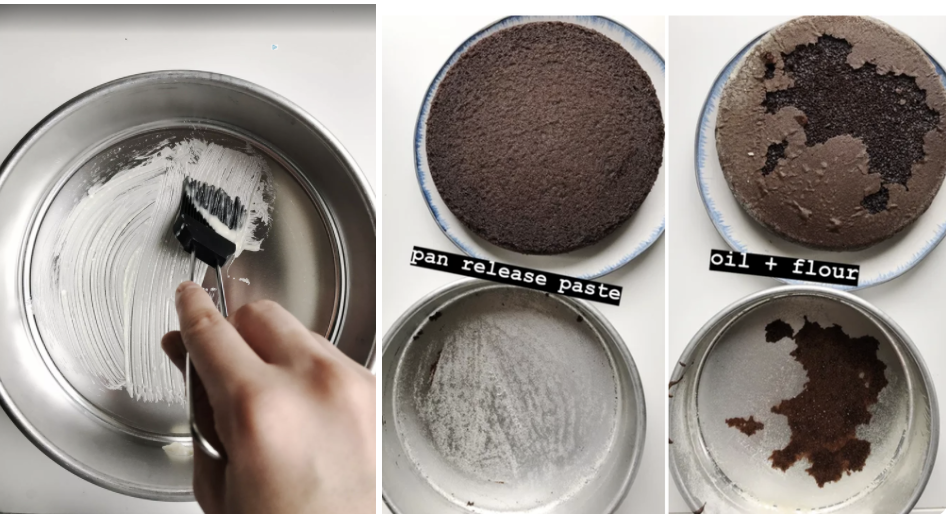
34. To make whipped cream extra fluffy, refrigerate your mixing bowl beforehand.
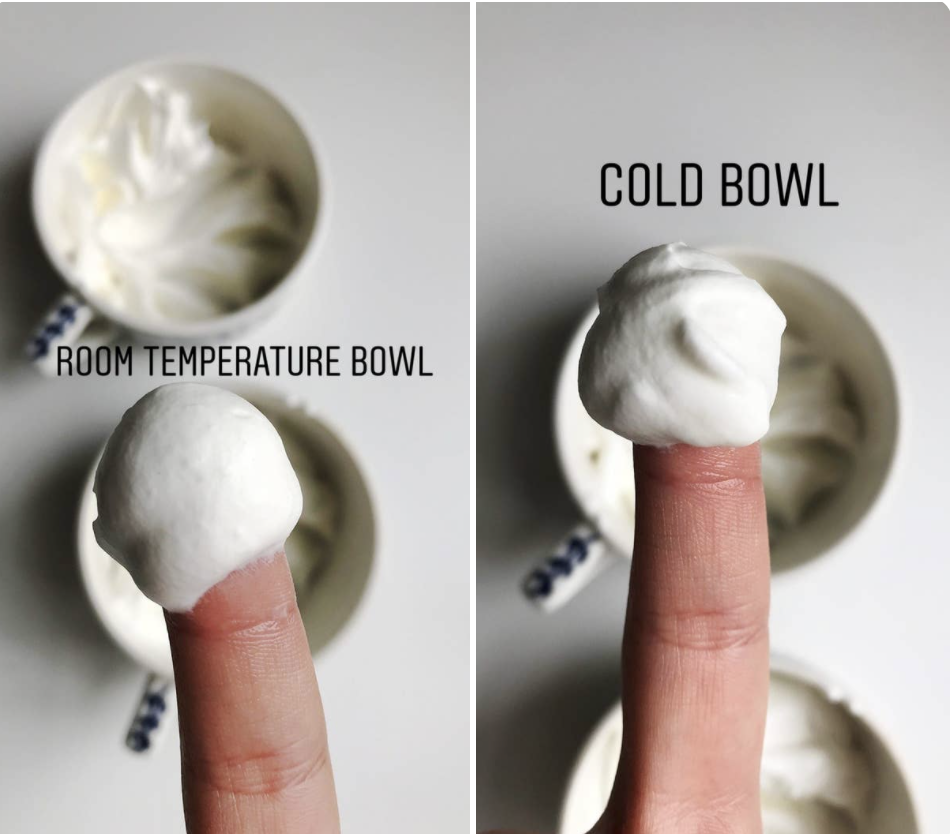
35. To make oven-baked chicken breasts way more flavorful, brine them first.
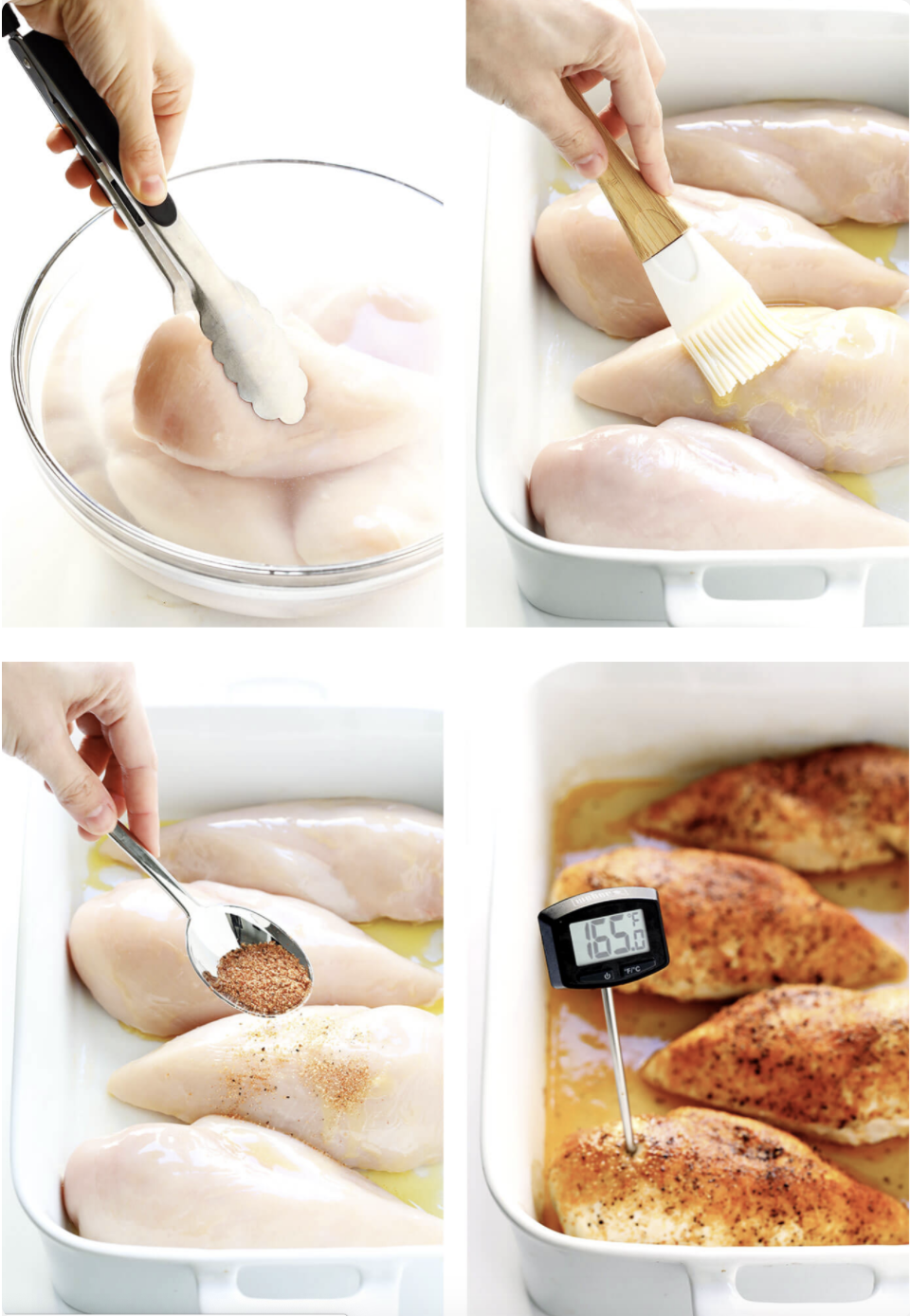
36. Baking bacon? Place a second sheet tray on top of your bacon to prevent it from curling.
37. To cut onions without crying, pop them in the fridge or freezer first.
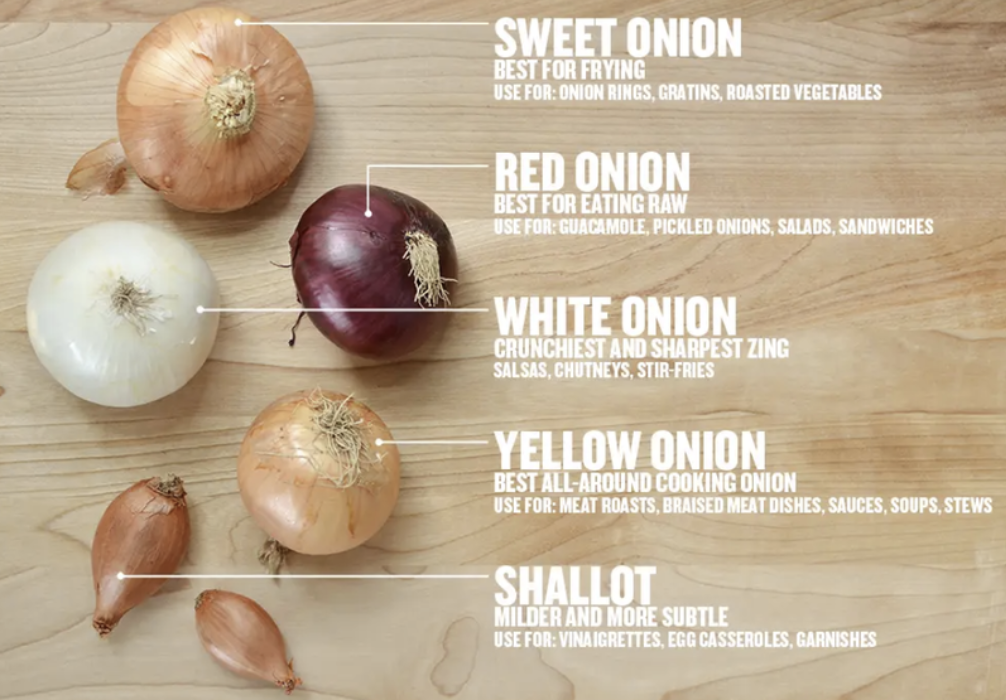
38. De-gunk your can opener with a sheet of wax paper.
39. Use olive brine or pickle brine to upgrade savory dishes or as the base of a vinaigrette.
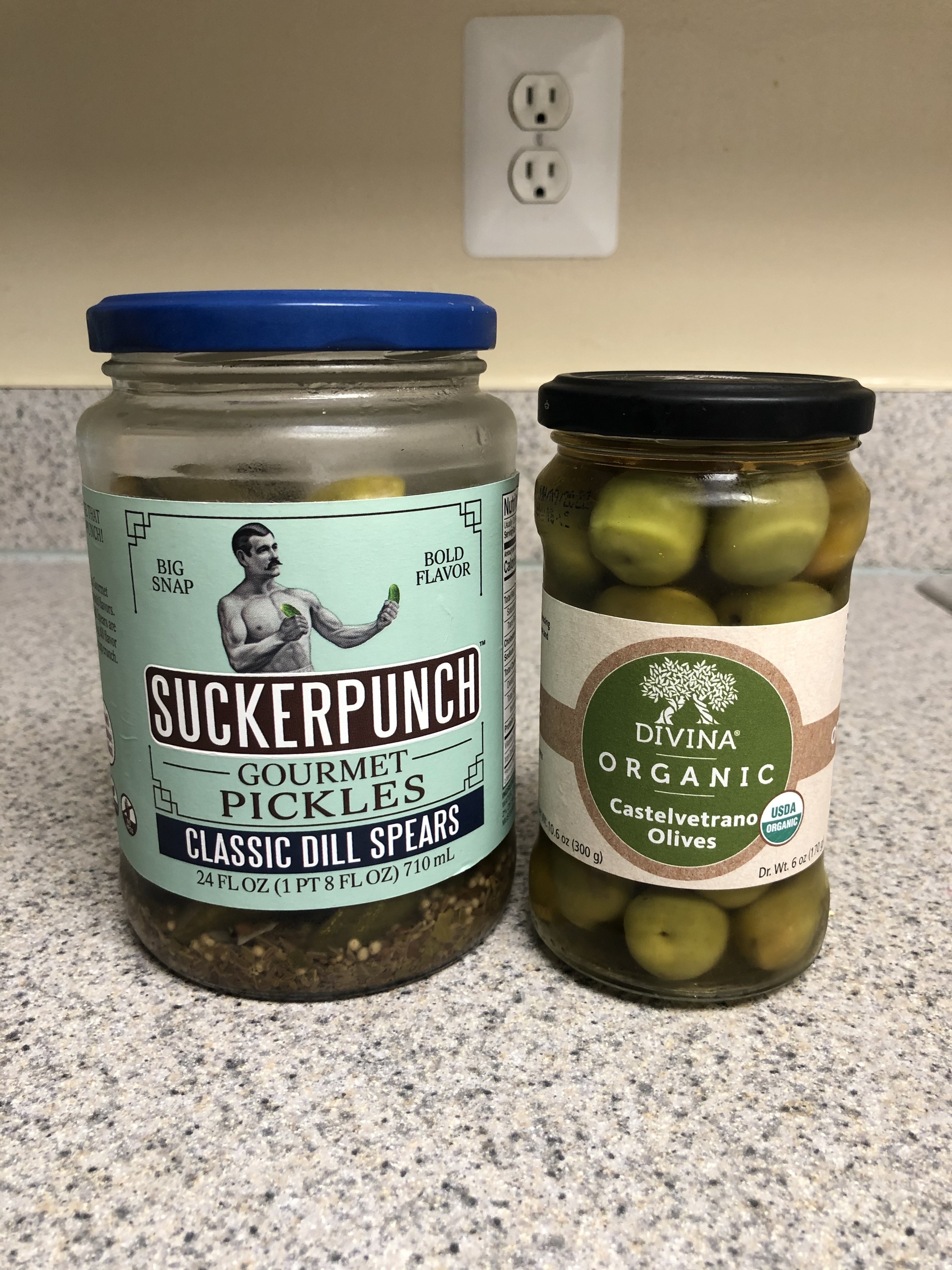
40. Remember that electric stoves can get much hotter than gas stoves.
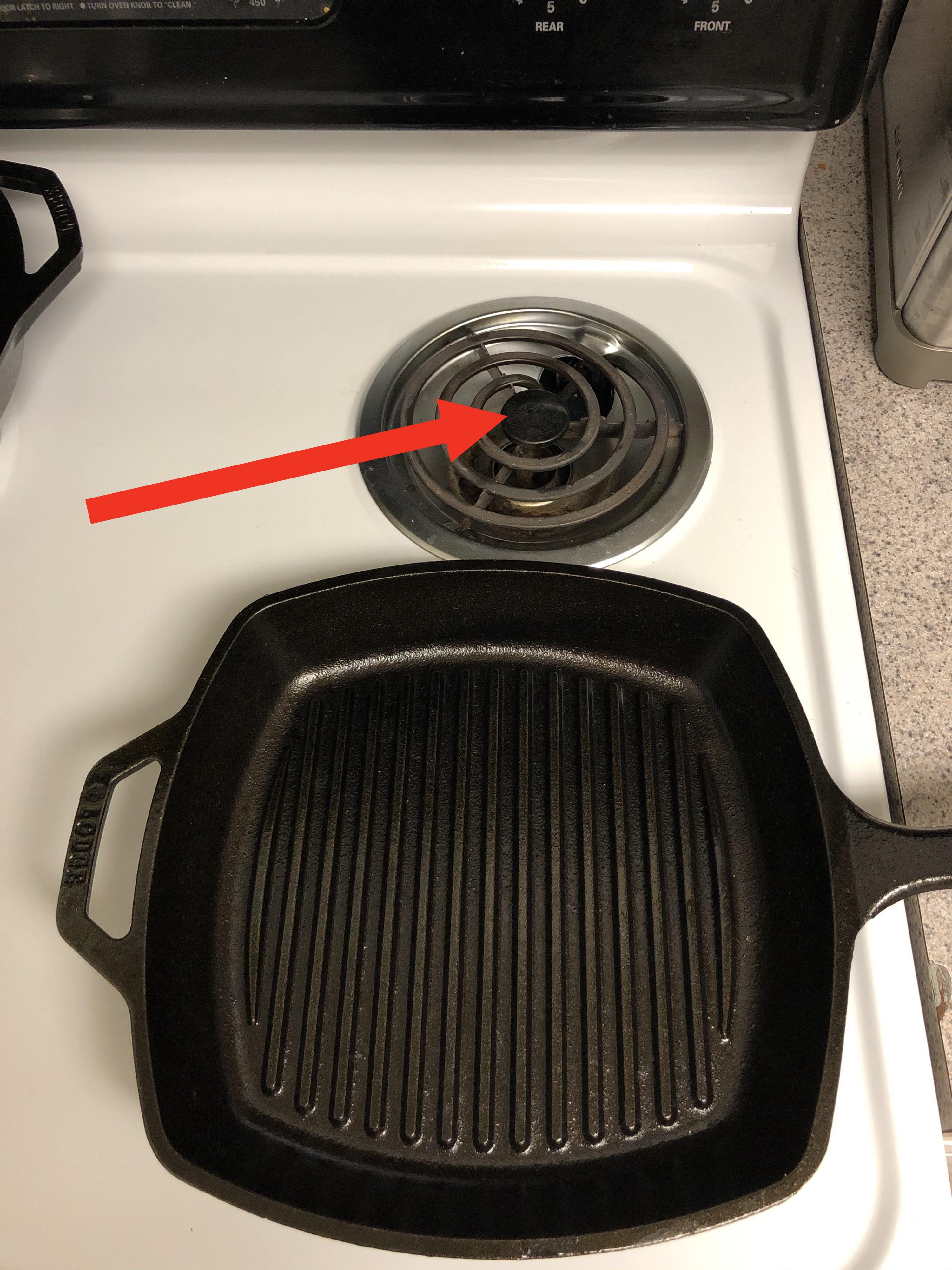
41. Always "cook one off" — and taste your product or prep mixture before you dive into making the rest of it.
42. Lastly, when in doubt? Double the garlic.
